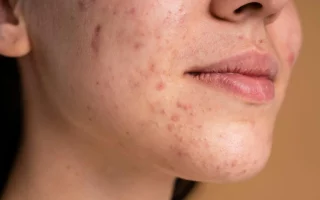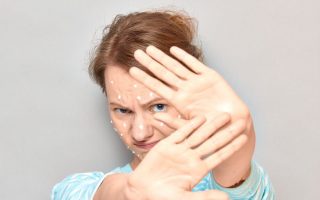Do you want to improve the look and feel of your skin? There are thousands of products available to help with skin health, but how do you know which products to choose?
To select a product that’s right for you, it’s important to take a closer look at the labels of your skincare products. It’s likely you come across terms such as “active ingredients” and “inactive ingredients,” but what do those mean? Read on for the answers to these questions to help you make smarter skincare choices.
You’ve probably read the label on a food item before, and skincare products can be just as informative – once you know what to look for. The best place to start is with the active ingredients and inactive ingredients.
An “active” means that the ingredient in the product has been tested and proven to perform a specific function for the skin. Common active ingredients in skincare products include alpha hydroxy acids, or AHAs (such as glycolic acid), which can help improve skin texture and tone; retinoids such as vitamin A, can minimize signs of aging; benzoyl peroxide and salicylic acid, can help clear acne; vitamin B3, can help lessen inflammation; and hyaluronic acid, can help hydrate skin.
An “inactive” refers to any ingredient in the product that is not active but acts as a vehicle that delivers the active ingredient to the skin. These ingredients may also have other skin-boosting benefits, even if they haven’t been proven to have specific functions. Common inactives include plant oils such as jojoba oil, which acts as skin balancers; plant butters such as shea butter, can help moisturize and protect skin; and aloe, which has several skin benefits that include moisturizing and cooling. Essential oils may also be included for natural fragrance.
It’s important to know that your skin may react positively or negatively to different active ingredients, so it’s smart to look at the label on any product you try and follow the directions carefully. Overusing a product could potentially cause more damage than good, especially if you have sensitive skin.
Because everyone’s skin is different, if you have a reaction to certain products, be sure to read the label of any product carefully before you try it. To learn more about skincare ingredients, check out the accompanying resource by SeSpring.
This infographic was created by SeSpring, a cruelty-free Korean revitalizing serum mask




